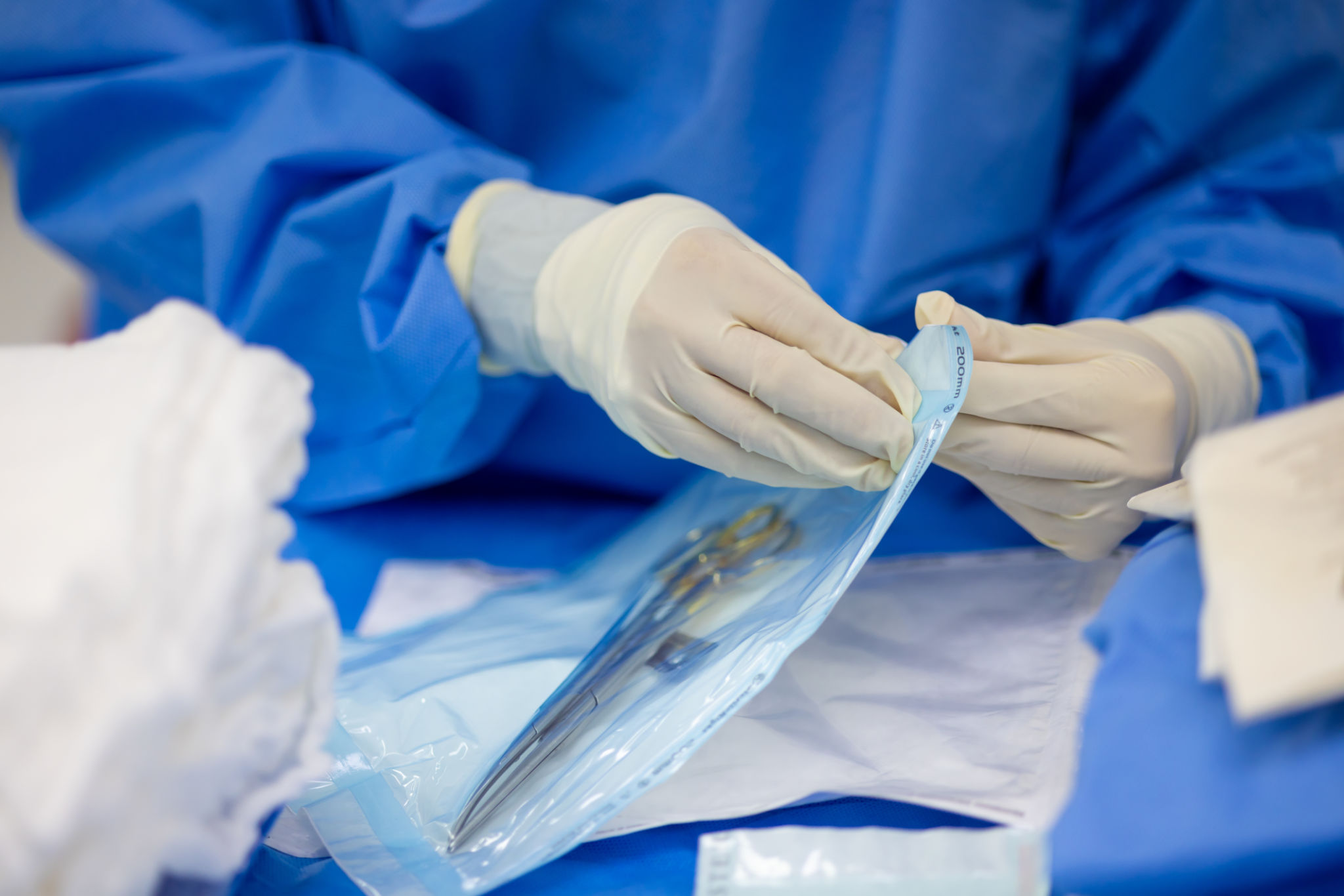Understanding the Biphasic Pulse Stimulator: A Comprehensive Guide
Introduction to Biphasic Pulse Stimulators
The biphasic pulse stimulator is a fascinating device used in various fields such as medical therapies and scientific research. Its ability to deliver electrical pulses in a controlled manner makes it an essential tool for professionals looking to stimulate biological tissues or nerves. Understanding how this technology works can be crucial for practitioners and researchers alike.

What is a Biphasic Pulse?
A biphasic pulse refers to an electrical impulse that consists of two phases, one positive and one negative. This type of pulse is beneficial because it helps in reducing tissue damage and increases the efficiency of the stimulation. Unlike monophasic pulses, biphasic pulses ensure that the net charge delivered to the tissue is zero, which minimizes the risk of adverse effects.
Advantages of Biphasic Pulses
Biphasic pulses offer several advantages over other forms of electrical stimulation:
- Reduced Tissue Damage: The alternating nature of the pulse helps in minimizing potential tissue damage.
- Increased Safety: The zero net charge ensures a safer application, particularly important in medical treatments.
- Improved Efficiency: The dual-phase approach can often achieve the desired biological effect with lower energy levels.
Applications of Biphasic Pulse Stimulators
The versatility of biphasic pulse stimulators allows them to be used in various applications. They are prominently used in medical treatments such as pain management, muscle rehabilitation, and nerve stimulation. In scientific research, these devices are employed to study neurological pathways and cellular responses.

Medical Uses
In the medical field, biphasic pulse stimulators have revolutionized treatments. They are widely used in physical therapy to aid in muscle recovery and rehabilitation. Additionally, they play a crucial role in pain management, offering relief without the need for pharmaceuticals.
How Does a Biphasic Pulse Stimulator Work?
The mechanism behind a biphasic pulse stimulator involves generating precise electrical signals that mimic natural nerve impulses. The device typically comprises a power source, control unit, and electrodes. The electrodes are placed on the skin or target area, delivering the biphasic pulses directly to the tissues or nerves.

Components and Operation
The main components of a biphasic pulse stimulator include:
- Power Source: Provides the necessary energy for the device's operation.
- Control Unit: Allows the user to adjust pulse parameters such as amplitude, frequency, and duration.
- Electrodes: Conductive pads that transmit electrical pulses to the target area.
Considerations When Using Biphasic Pulse Stimulators
While biphasic pulse stimulators are effective, certain considerations must be taken into account to ensure safe and optimal use. It's essential to follow manufacturer guidelines and consult with professionals when using these devices for therapeutic purposes. Proper placement of electrodes and adjustment of pulse settings are critical to achieving desired outcomes while minimizing risks.
Understanding the science and applications of biphasic pulse stimulators can greatly enhance their effectiveness and safety in various fields. As technology advances, these devices continue to offer promising solutions for both healthcare professionals and researchers.